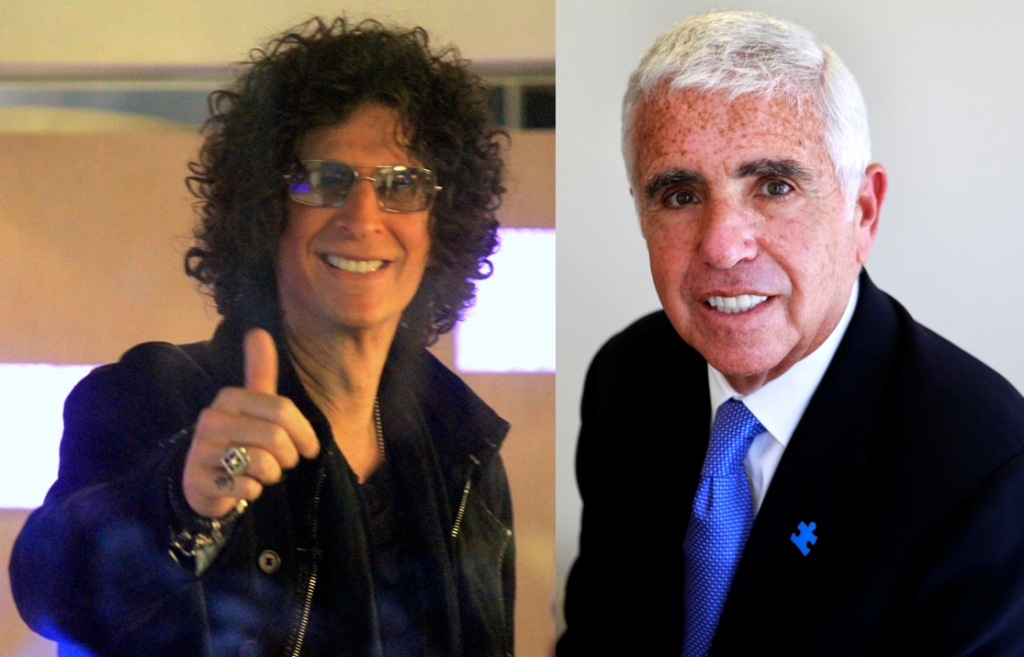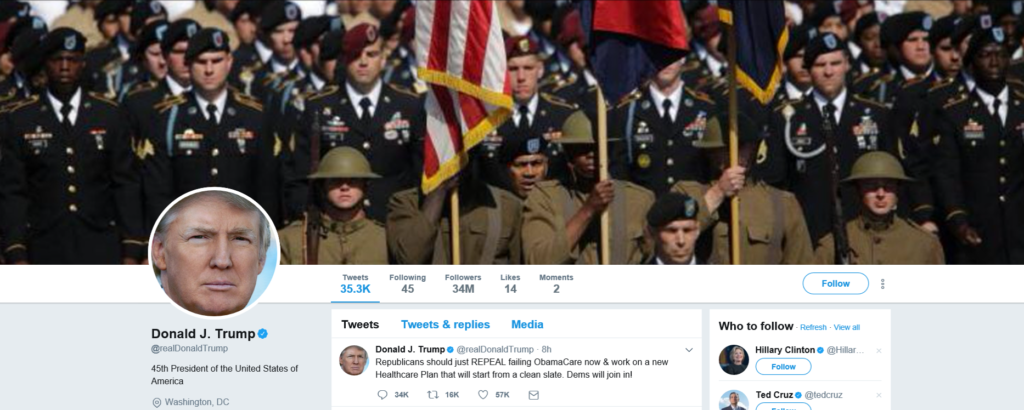
One of the big topics in radio circles these days is leadership. It’s hard not to envision a changing of the guard on the precipice of the Entercom/CBS deal. For years, it was all about Bob Pittman and the Dickeys. But as Radio Ink tries to put it in perspective every year with their “40 Most Powerful” ranker, that pecking order may be changing.
It wasn’t that many years ago when radio’s undisputed leader was a guy who became a first-name phenomenon in radio – like Cher, Sting, and Beyoncé. Of course, we’re talking about Mel – Mel Karmazin – the iconoclast who broke the rules, first leading Infinity, and then CBS Radio to new heights, before changing uniforms and moving to Sirius in 2004 where he reigned for nearly a decade.
Mel accomplished many things during his storied radio career, but perhaps his boldest accomplishment was his deft handling of Howard Stern. In fact, Howard often acknowledged the relationship by referring to Mel as “The Zen Master.” Mel always knew what he had in Stern – the most dynamic personality in all of radio.
Starting at WXRK in New York, and then fanning out to affiliate stations in scores of markets, Howard ruled in the ratings and in the headlines before  moving onto Sirius. But the pressure on Stern – and Karmazin – in multiple cases of alleged indecency violations was intense. And then there were the advertiser “no buy” dictates that made life at a Stern station all the more challenging.
moving onto Sirius. But the pressure on Stern – and Karmazin – in multiple cases of alleged indecency violations was intense. And then there were the advertiser “no buy” dictates that made life at a Stern station all the more challenging.
Karmazin knew all too well just how much Howard meant to radio and to his company – despite the mounting heat to buckle under or even take him off the air. Stern’s success moving forward in satellite radio and on television only underscored his value to whoever had the vision to tap into his talents – and write the checks.
Stern was always synonymous with controversy, but there was no way Karmazin would consider taking radio’s biggest star out of circulation. I was reminded of that while reading news stories about how Twitter is under some pressure to ban Donald Trump from its platform. Some say the President’s incessant tweeting is tantamount to cyberbullying, thus violating Twitter’s terms of service.
But for Twitter chairman Omid Kordestani, this one’s a no-brainer. In fact, he made his Trump position very clear in a recent interview:
“It’s good to have him talk on Twitter.”
Twitter has struggled in recent years – with both its user base and its stock price. When you have the most important, most newsworthy, and most controversial personality on the planet almost exclusively using your platform as his digital pulpit, deleting his Twitter account is out of the question. No doubt, Mel Karmazin would agree with that call.
People use Twitter in myriad ways, but of the best known social media brands, it is the top news source in the space. And in Trump’s case, while his tweets are a window to his personal feelings about almost everything, he also uses Twitter to explain his philosophy about domestic and foreign issues, and just about everything else that captures his attention.
 Twitter’s COO, Anthony Noto, told Bloomberg, he wishes Trump’s tweeting philosophy spurred even wider global adoption:
Twitter’s COO, Anthony Noto, told Bloomberg, he wishes Trump’s tweeting philosophy spurred even wider global adoption:
“We’d love it if every world leader used Twitter as their primary mechanism to to talk to their constituencies.”
It’s notable that according to that newly released ABC/USA Today poll, two-thirds of Americans disapprove of the President’s Twitter habit. And many close to Donald Trump wish he’d put his smartphone down, including members of his staff, advisers, colleagues, and family. But in the midst of these “tweet storms,” it’s important to note that Twitter usage is undergoing change. President Trump keeps his thoughts at the 140 character limit, but as Justin Marshall, VP of partnerships for the digital agency Possible points out, winning at Twitter is a marathon, not a sprint.
In a recent AdWeek article, Marshall outlines some of Twitter’s bigger possibilities – live video and its Moments feature – both of which require long-term strategies – not quick-hitting clever, snarky tweets.
Too often, brands have tried for that big score – coming up with that killer tweet that somehow goes viral during the Super Bowl or at the Academy Awards. In Marshall’s  opinion, however, Twitter works best when brands, companies, and personalities use its narrative features to tell their stories. It’s a slower, more measured, and even methodical way of using Twitter, but Marshall says it provides better results.
opinion, however, Twitter works best when brands, companies, and personalities use its narrative features to tell their stories. It’s a slower, more measured, and even methodical way of using Twitter, but Marshall says it provides better results.
For radio, the “marathon” approach to using Twitter makes more sense than going for the big score. Documenting station events, festivals, charitable initiatives, and personality show episodes are all applications that make sense on a platform where we once had to tell entire stories in just a few sentences.
To that point, Marshall gives the example of Microsoft using Twitter’s Moments feature to showcase and tell the story of its recent Build 2017 conference. The company integrated content from the event, including keynotes and new products, as well as incorporating content from excited, fired-up fans. There’s no reason why radio stations couldn’t use Twitter in this same way.
Marshall’s philosophy is that one-off tweets that try to so hard to “go viral” are rapidly becoming a thing of the past. To score on Twitter, you have to take the time to carefully plan your strategy, and then execute it with precision using what he calls “orchestration and curation.”
Unless, of course, you’re Donald Trump.
- Radio’s New Audience Equation: Z Over Y = Trouble - May 1, 2025
- What Is It With Female Robot DJs? - April 30, 2025
- Why “Dance With Those Who Brung You” Should Be Radio’s Operating Philosophy In 2025 - April 29, 2025




Mr. Trump’s tweets are entertaining in a bull in the China shop kind of way. I cringe less at his tweets than his shambling public speeches. I haven’t seen any evidence that tweeting can conquer the world. As they say in the gangster movies,”forget about it”.
It’s fascinating in a way that he’s more comfortable on Twitter than other communication outlets – another reason why it’s not going to stop anytime soon. Thanks, Dan.